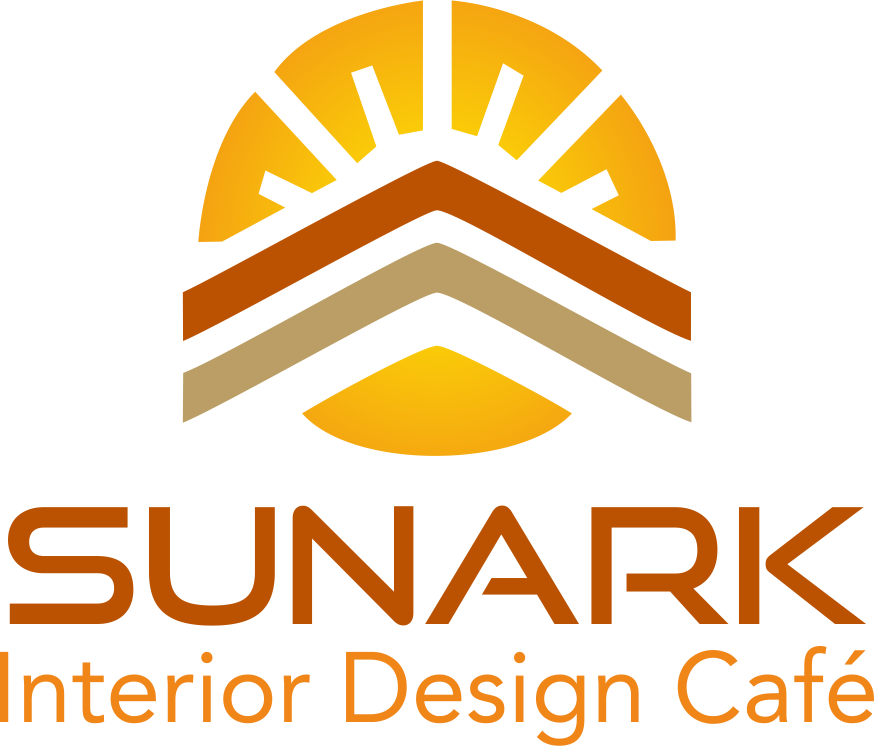Our Services
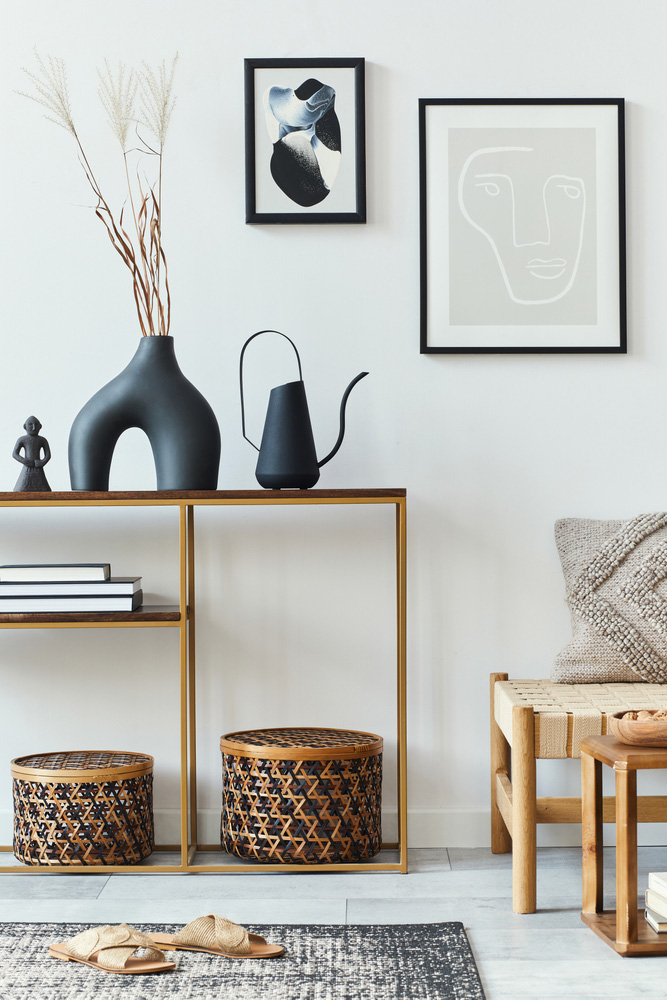
Best Interior Solutions by Professional Designers
SunArk Interior Design Cafe is 15 Years of experience Interior designers in Bangalore. We have professionals who work to create functional and aesthetically pleasing interior spaces. We prepare the design principles, color theory, materials, and spatial arrangements to create visually appealing and functional interiors that meet the needs and preferences of our clients.
- Innovative Design Options
- Material Transparency
- Affordable Pricing
- Warranty Support
- Innovative Design Options
- Trending Design Layouts
- Post Project Support
- Assured Quality
Residential Interior Designs
Residential interiors refer to the interior spaces of homes, apartments, and other types of residential buildings. Residential interior designers work with homeowners to create functional and aesthetically pleasing living spaces that meet their needs and preferences around bangalore.
Residential interior design involves a range of tasks, from selecting colors and materials to arranging furniture and creating lighting schemes. In Bangalore, The designer must consider the needs of the homeowners and their lifestyle when developing the design plan.
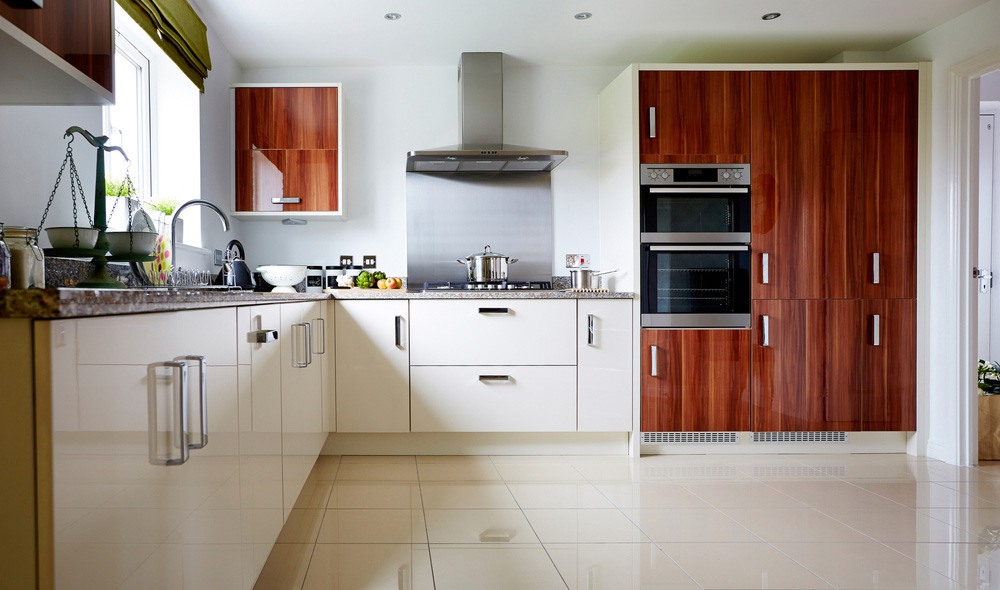
Modular kitchens offer several advantages over traditional kitchen designs. They are highly customizable, allowing homeowners to choose from a wide range of finishes, materials, and designs to create a unique and personalized kitchen. They also offer efficient storage solutions, with built-in organizers and accessories to make the most of the available space.
Modular Kitchen
Modular kitchens are a modern and popular approach to kitchen design that involves creating individual kitchen units or modules that can be easily assembled and reconfigured to suit the specific needs and preferences of the homeowner. Modular kitchens are designed to maximize storage and counter space while providing a sleek and contemporary aesthetic.
Modular kitchen units typically include base cabinets, wall cabinets, and tall units for appliances such as refrigerators and ovens. The units are designed to be modular, meaning that they can be easily assembled and disassembled and can be combined in various configurations to fit the specific dimensions and layout of the kitchen.
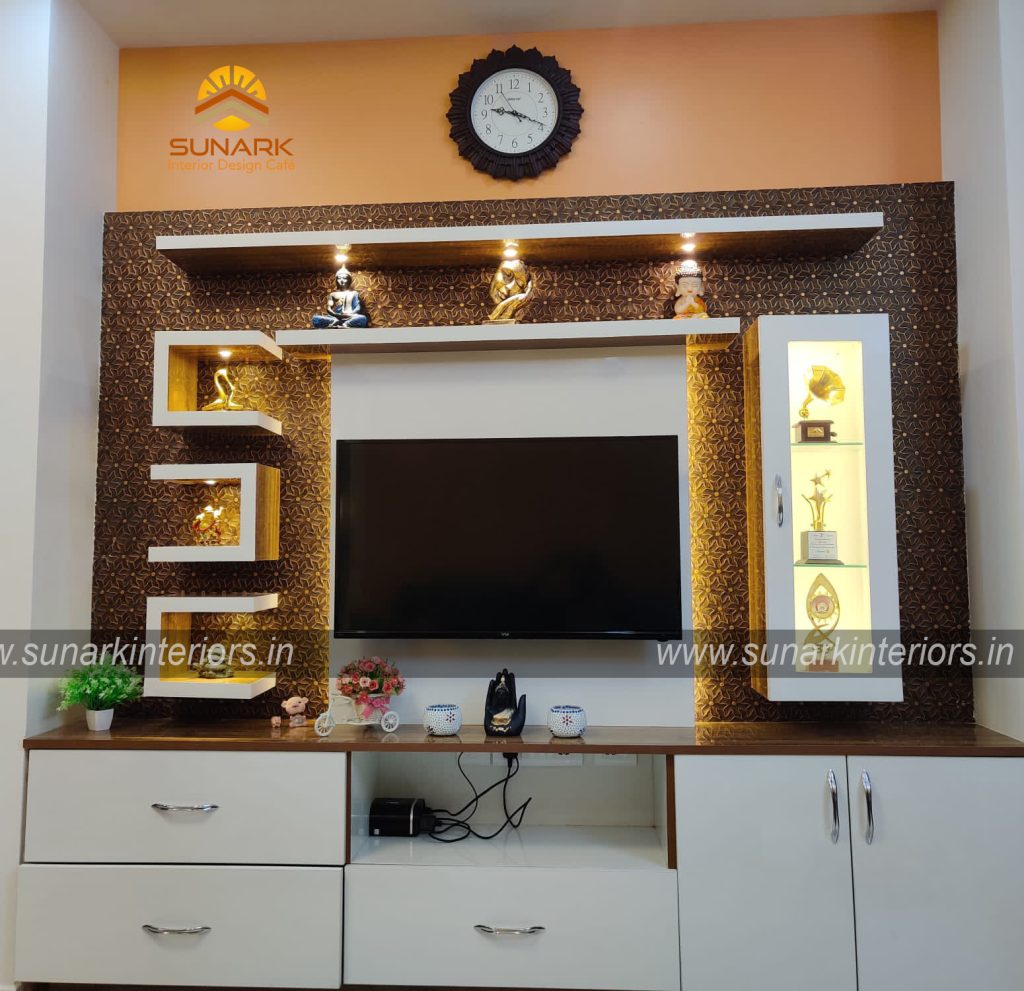
TV Unit Interior
TV unit interior design is an important aspect of interior design that focuses on creating an attractive and functional space around the television. The design of the TV unit is crucial, as it not only adds to the aesthetic appeal of the room but also serves as a storage space for electronic components and accessories.
The design of a TV unit can vary depending on the size and style of the room, as well as the client’s personal preferences. It can range from a simple, minimalist design to a more elaborate, multi-functional unit that includes shelving, drawers, and cabinets.
Some of the key factors to consider when designing a TV unit include the size and shape of the television, the viewing distance and angle, the placement of other furniture in the room, and the overall style and color scheme of the space. A well-designed TV unit can enhance the overall look and feel of a room, creating a comfortable and inviting space for family and friends to gather and enjoy their favorite programs and movies.
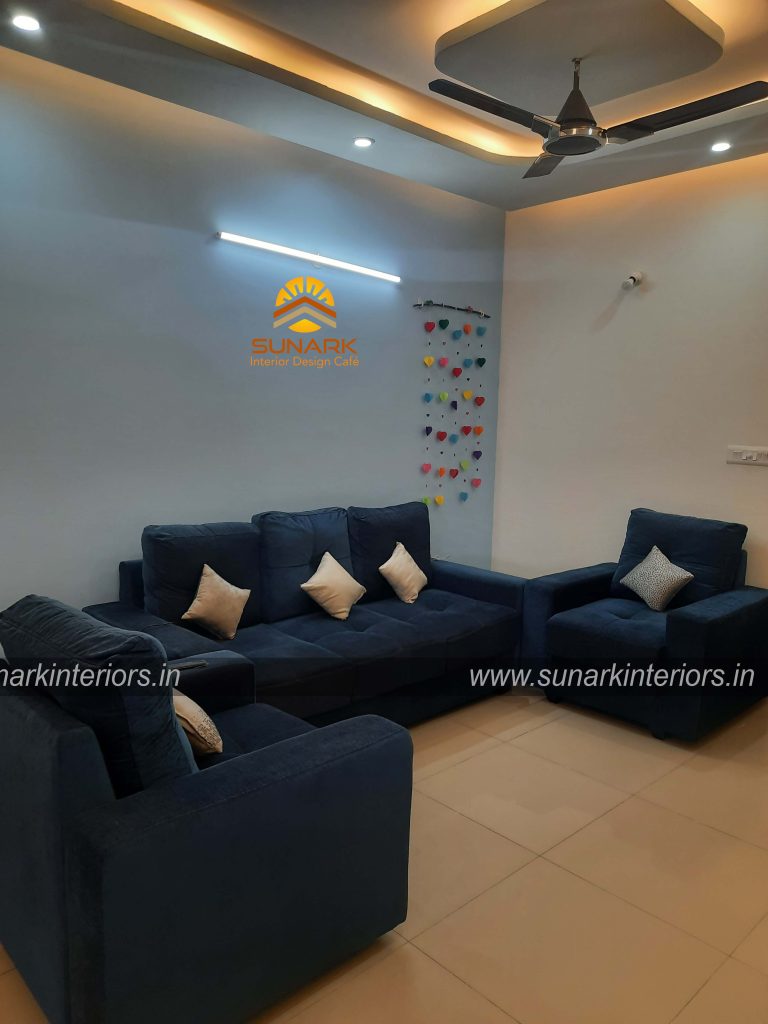
Living Room Interior
Living room interior design is an essential aspect of interior design that focuses on creating a comfortable, functional, and aesthetically pleasing space for relaxation, entertainment, and socializing. The living room is often the centerpiece of the home, and as such, it should be designed to reflect the client’s unique style, personality, and preferences.
The design of a living room can vary widely depending on factors such as the size and shape of the room, the amount of natural light, and the overall style of the home. Key elements of living room design may include furniture selection, lighting, color scheme, and artwork and accessories.
When designing a living room, it’s important to create a cohesive and balanced look, with comfortable seating arrangements, ample storage, and functional layout. The living room should also be designed with the client’s lifestyle in mind, whether they prefer a more formal, traditional space or a more casual, relaxed atmosphere.
Overall, a well-designed living room can provide a comfortable and inviting space for family and friends to gather, relax, and enjoy each other’s company.
Office Interior Design
Office interior design is the process of creating functional and aesthetically pleasing work environments that promote productivity, creativity, and well-being among employees. Office interior designers work with companies and organizations to create spaces that reflect their brand identity, culture, and values, while also meeting the needs of their employees and clients.
Office interior design involves a range of tasks, from space planning and furniture selection to lighting design and color scheme selection. The designer must consider the needs of the organization and its employees when developing the design plan.
Renovation Projects
Renovation interior design involves the process of updating, improving, or transforming existing interior spaces to meet the changing needs and preferences of their owners. Renovation interior designers work with clients to develop design plans that enhance the functionality, aesthetics, and overall value of their homes or businesses.
Renovation interior design tasks may include updating finishes, replacing outdated fixtures and furniture, reconfiguring spaces, and creating new layouts. The designer must consider the existing structure, style, and features of the space when developing the design plan.
For example, a renovation interior designer might update a kitchen by replacing cabinets, countertops, and appliances, or reconfigure a living room to create a more open and functional space. They may also incorporate sustainable design principles or use environmentally friendly materials to create a more eco-friendly interior.
Commercial Interior Design
Commercial interior design involves the process of creating functional and aesthetically pleasing interior spaces for commercial or public use. Commercial interior designers work with clients to create spaces that promote the organization’s brand, enhance the user experience, and meet the needs of its employees and customers.
Commercial interior design tasks may include space planning, furniture selection, lighting design, color scheme selection, and material selection. The designer must consider the function and purpose of the space when developing the design plan.
For example, a commercial interior designer might create a layout for a restaurant that maximizes seating capacity and improves the flow of customers, or design a retail space that creates an immersive and engaging shopping experience for customers. They may also incorporate sustainable design principles or use environmentally friendly materials to create a more eco-friendly interior.
Civil Construction
Civil construction works refer to the process of building infrastructure that is essential for modern society, such as roads, bridges, airports, water treatment plants, and buildings. Civil construction works are typically large-scale projects that involve the collaboration of multiple professionals, including engineers, architects, contractors, and project managers.
Civil construction works involve a range of tasks, including site preparation, excavation, foundation construction, structural work, and finishing work. The construction process must adhere to strict safety and building codes and regulations to ensure the safety and longevity of the structures.
For example, civil construction works might involve building a new highway, a water treatment plant, or a high-rise building. Each project requires careful planning, budgeting, and execution to ensure that it meets the needs of the users and the expectations of the stakeholders.
3D Elevation Design
Building 3D elevation is the process of creating a three-dimensional representation of the exterior of a building, showing the various features such as walls, windows, doors, roof, and other architectural details. 3D elevation models are created using computer software that allows architects and designers to visualize the building’s appearance and make design decisions before construction begins.
The 3D elevation design process typically involves creating a digital model of the building’s exterior by inputting measurements, materials, and other specifications.
The model can then be manipulated to show different angles, lighting conditions, and other features to provide a realistic and accurate representation of the building’s appearance.
